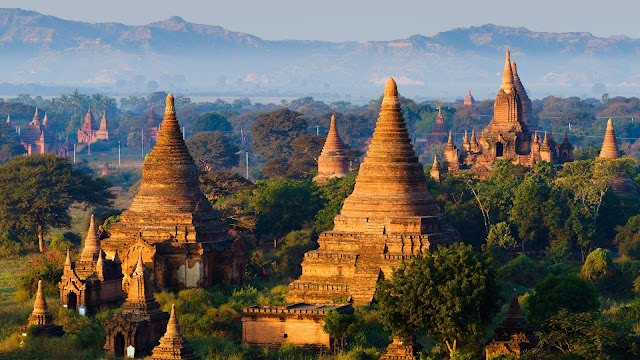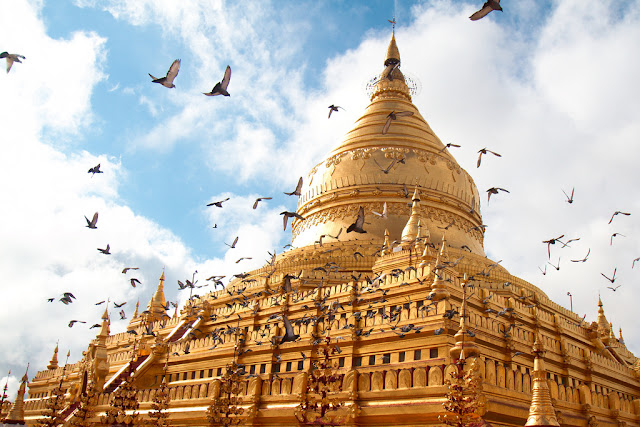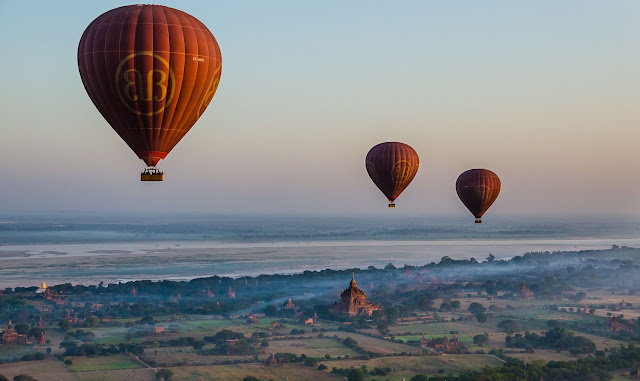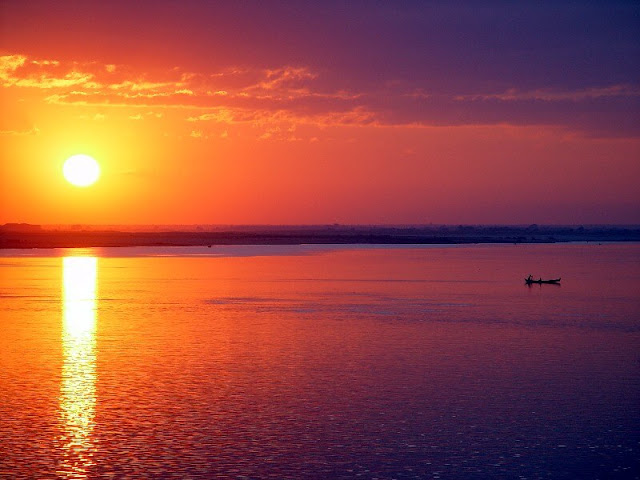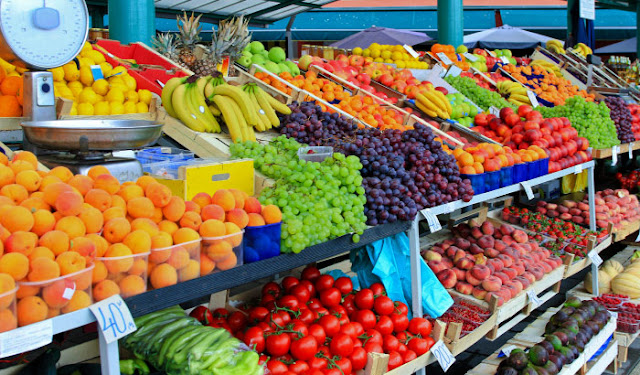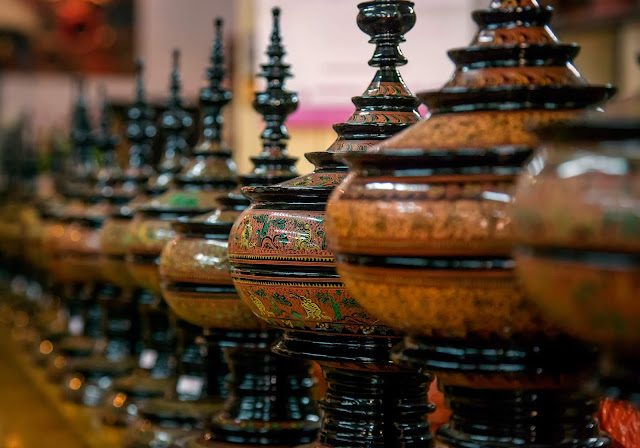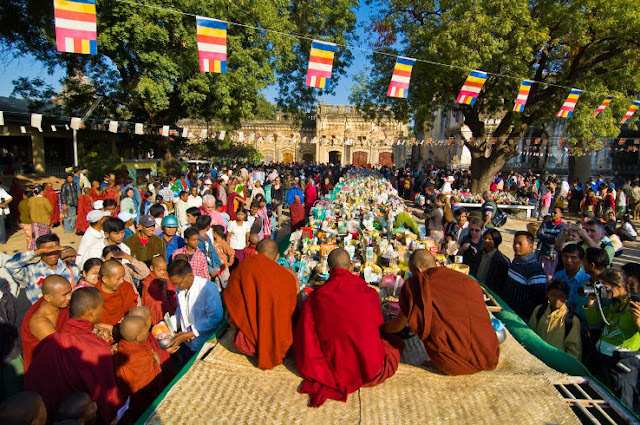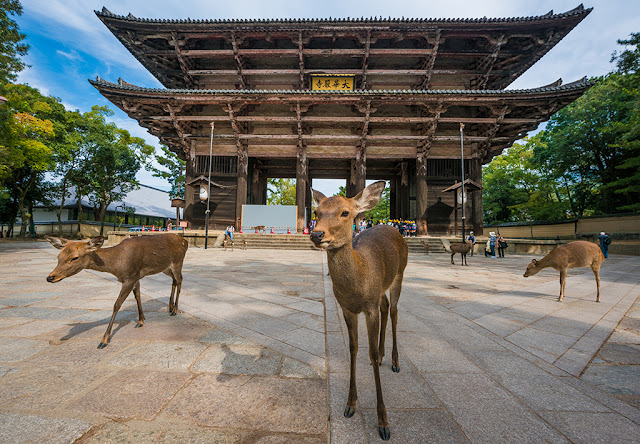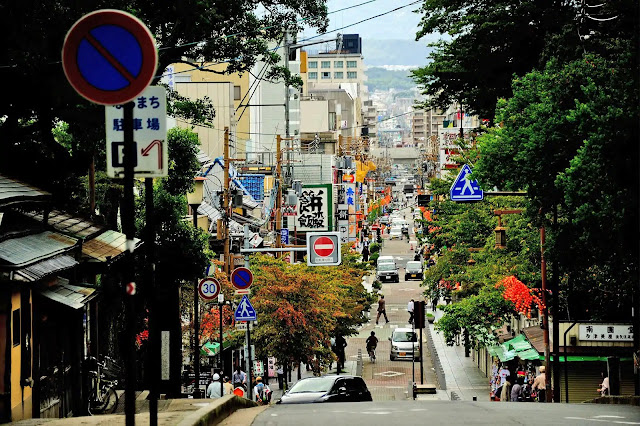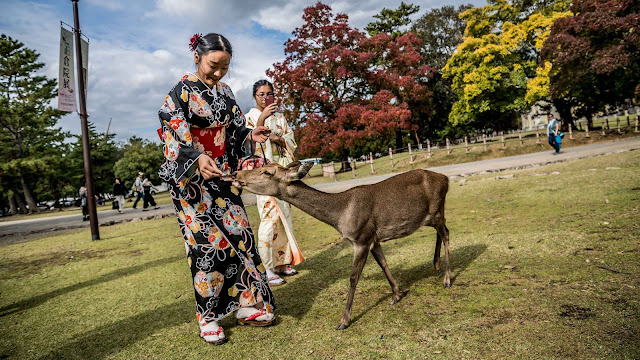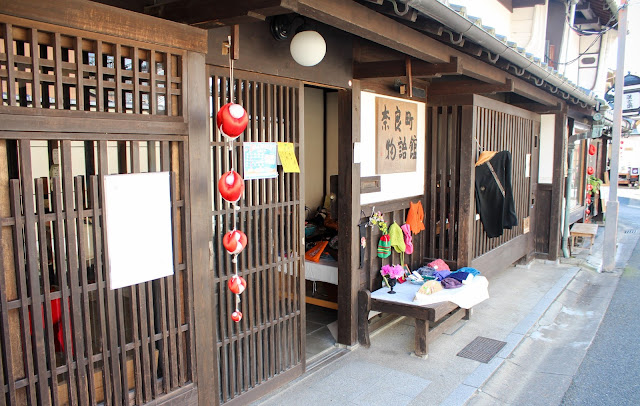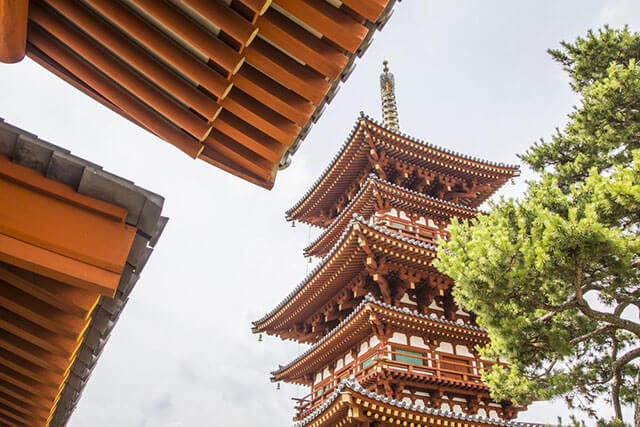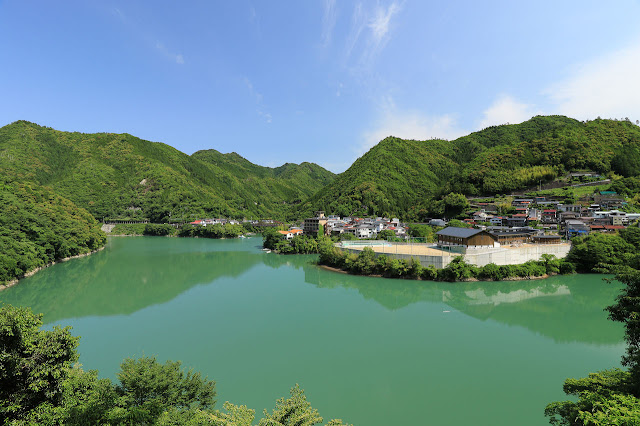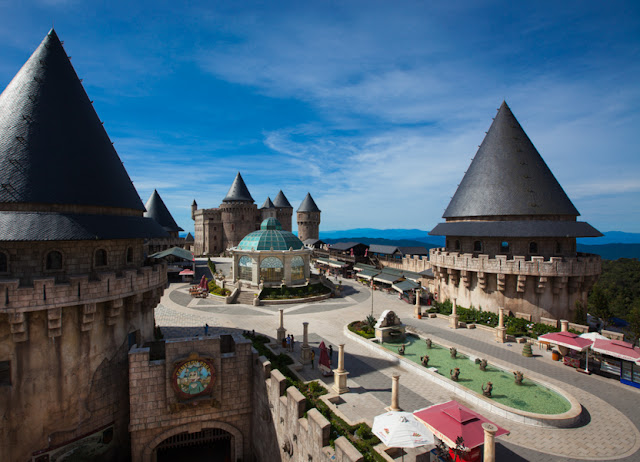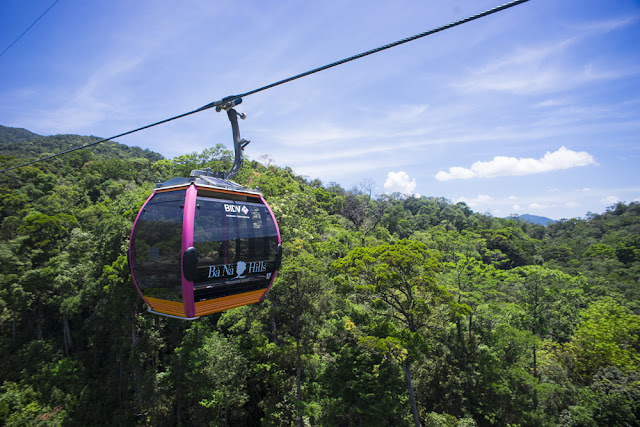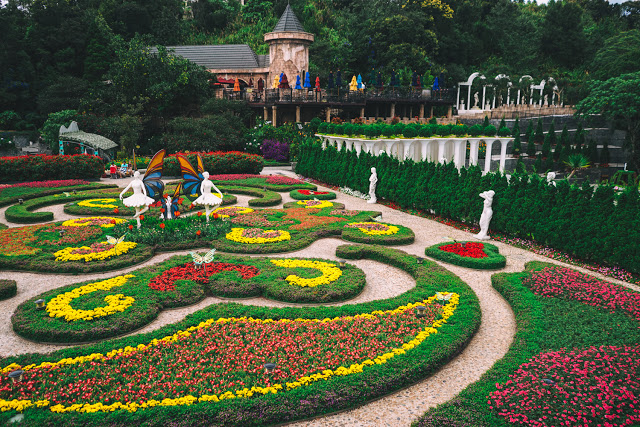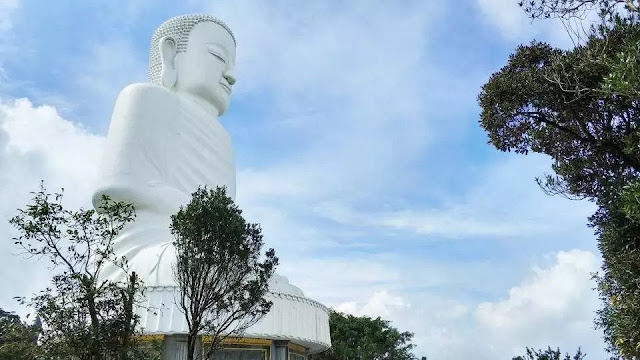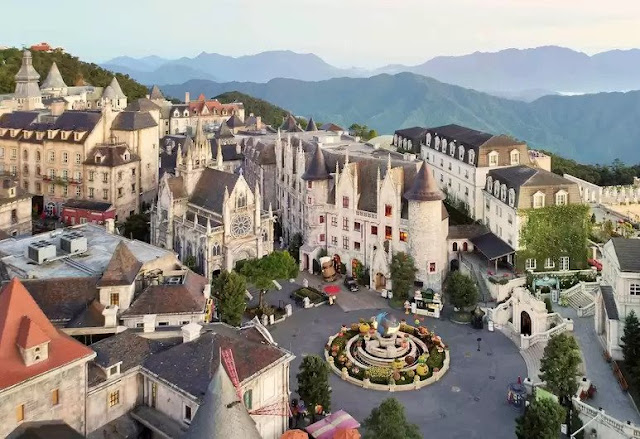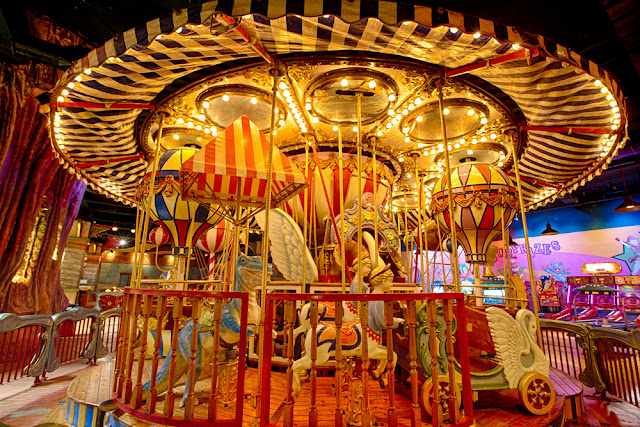Explore the Temple Plain
The majority of Bagan's temples can be found within the Bagan Archaeological Zone; a $20 ticket must be purchased before entering the Zone. Luckily, you don't have to see all of the 2,000 temples to get the full Bagan experience. If pressed for time, you can visit these must-see temples in the space of two days.As the temples are active Buddhist places of worship, visitors must pay proper respect before entering — footwear must be removed (no exceptions!), modest clothes worn, and proper behavior followed. Read about Buddhist temple dos and don't's for a clearer look at the rules.
Fly in a Hot-Air Balloon Over Bagan
Bagan's temples are best viewed from a high vantage-point, and there's no higher (or more jaw-droppingly gorgeous) perspective than the one you'll get from a hot air balloon gliding 2,000 feet in the air.Unlike helicopter and ultralight flights, balloon flights are relatively silent and static, combining with the reddish angled light of the sunrise to create the best conditions for viewing Bagan's temple plain. If you've got the cash to spare (flight rates cost between $300 to $500 per person, read about money in Myanmar) and if you're visiting during the short ballooning season (from October to mid-April), put balloon flying over Bagan on your must-do list.
Three companies provide ballooning services over Bagan: Golden Eagle Ballooning, Oriental Ballooning, and the company that started it all, Balloons Over Bagan. Flights can last between 45 minutes to an hour, not including the pre-dawn pickup from your hotel.
Watch the Sun Set Over the Irrawaddy River
Before tourism became a major Bagan concern, most temples permitted visitors to climb to their upper decks. But after increased tourist traffic and not a few accidents marred the temple-climbing experience, the government has cracked down: visitors may only climb five temples in Bagan, and additional closures can be announced without notice.
Two temples alongside the Irrawaddy River will never be affected by these closures, as they lack tiers to climb, thus making them excellent (and much safer) candidates for sunset viewing. If you're mobility-challenged, lacking travel insurance or just prefer riverside views, head off to the gourd-shaped Bupaya and the sacred Lawkananda temples for your sunset fix.
Explore a Local Market
You'll find two major town settlements outside the Bagan Archaeological Zone. To the Zone's west, you'll find “New Bagan”, the town created for former residents of the Zone who were forcibly moved out by the Government. To the north is the older town of Nyaung-U, site of the Bagan Airport and some of the area's most interesting local color.You can't miss Mani Sithu Market in Nyaung-U — it's located next to the main road near a central roundabout. For a non-temple break to the stupa cycle in Bagan, Mani Sithu is top-notch: a working morning market full of locals buying and selling fresh meat and dry goods.
Forget about souvenir-hunting in Mani Sithu; come here to do more sightseeing than shopping. Stalls selling live animals, freshly-butchered meats, packages of areca nut and betel leaf, cooking oil, and dried fish — you'll see, hear, and smell them all, altogether an authentic Bagan people-watching experience worth making a detour for.
Shop for High-Quality Lacquerware
Lacquerware feels like it belongs to the past — non-microwave-safe, hand-carved, and crafted using traditional materials and centuries-old formulas. But like many ancient crafts, lacquer has a beauty that few modern equivalents can reproduce.The town of Myinkaba near Bagan has been a center for lacquer production for centuries, having been introduced by Siamese and Lanna emigres in the 1500s. The present-day lacquer workshops use techniques little changed from their ancestors' time - from curing lacquerware in underground cellars to hand-carving designs into the lacquer with styluses.
Unlike other handicrafts, lacquerware improves with age: colors brighten as the years go on, making antique lacquerware particularly prized by collectors. Bagan lacquer craftsmen favor black, yellow, green and red colors in their products, seen all over the jewelry boxes, coasters, cups, and jars sold in shops all up and down Myinkaba's main drag.
Attend Ananda Festival
The biggest festival in Bagan takes place in January, on a moveable feast day that coincides with the full moon of the Burmese Pyatho month and the end of the harvest season. In the weeks leading up to Ananda Festival, the locality around its namesake temple fills up with bullock carts bringing pilgrims and their offerings.In a place of honor near the temple, locals set up a fairground hawking traditional Myanmar food and other diversions for visitors.
The festival gives Burmese Buddhists the chance to earn merit by providing donations of food and clothing to the local community of monks, who line up by the hundreds near the Ananda Temple to receive the offerings provided by grateful locals.
See more: 24 hours exploring Inle Lake, Myanmar
Source: Internet
